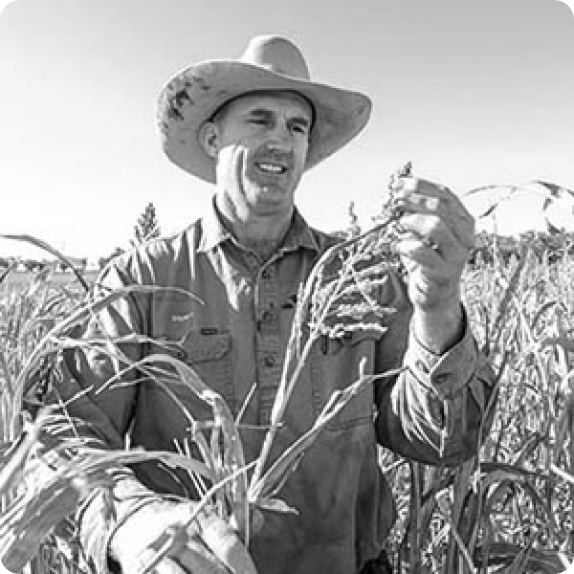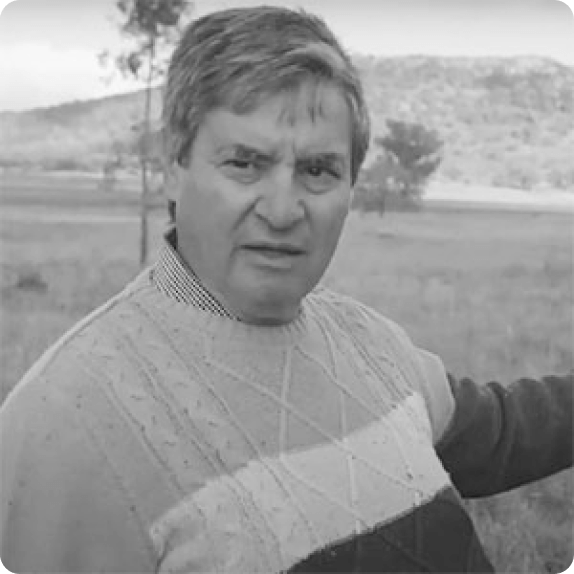Connect with us on social media
Bringing farmers
and scientists together
At SoilCQuest 2031, we believe soil carbon is a key metric of success for farm productivity and profitability.
We conduct on-farm research trials with growers to validate innovative climate-smart practices.
Our agricultural resources uncover how to grow soil carbon, and unpack farm emissions and carbon projects.
We are unapologetically ambitious to fulfil our quest for soil carbon sequestration, at speed, at scale.
Global carbon storage in Gigatons (Gt)
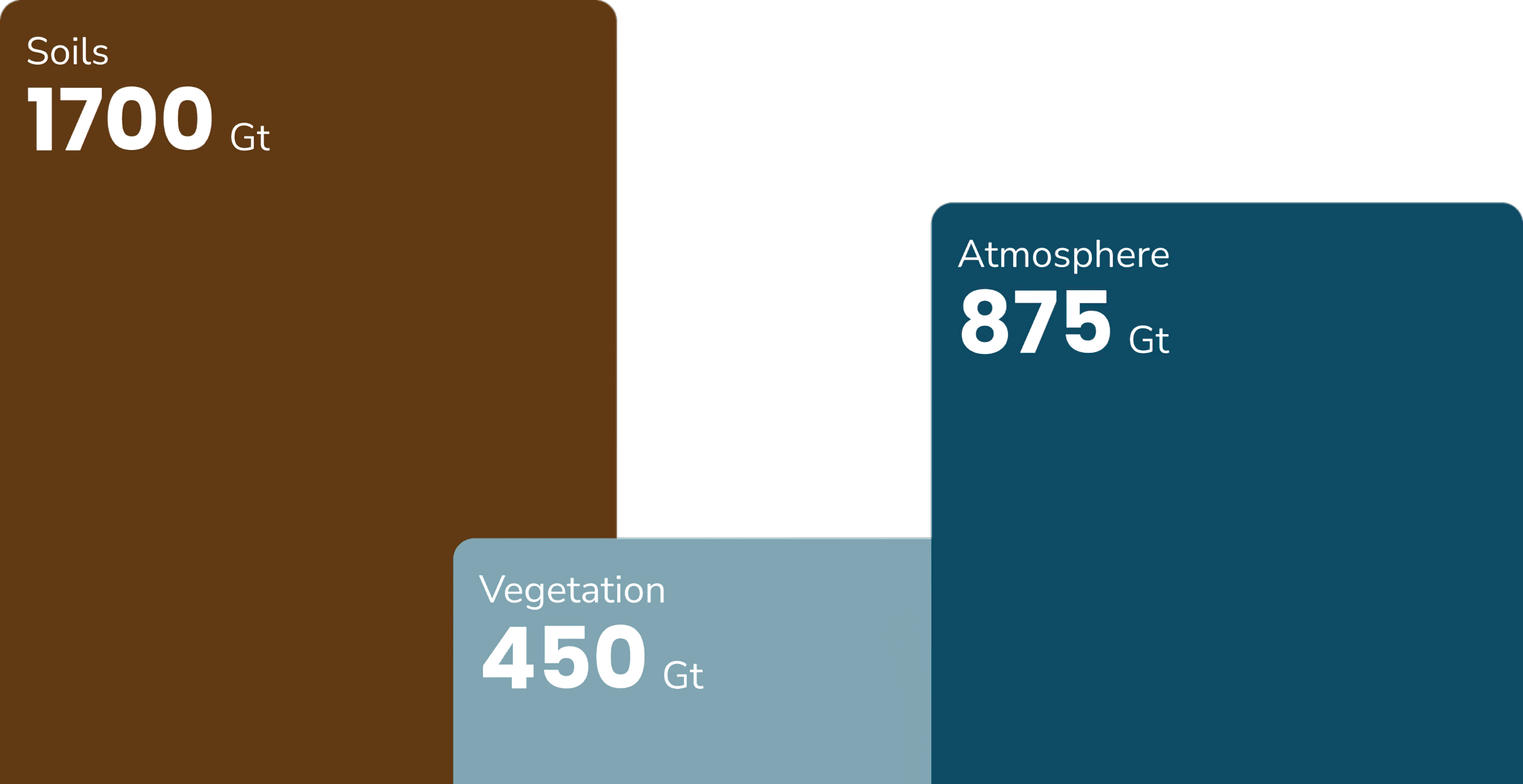
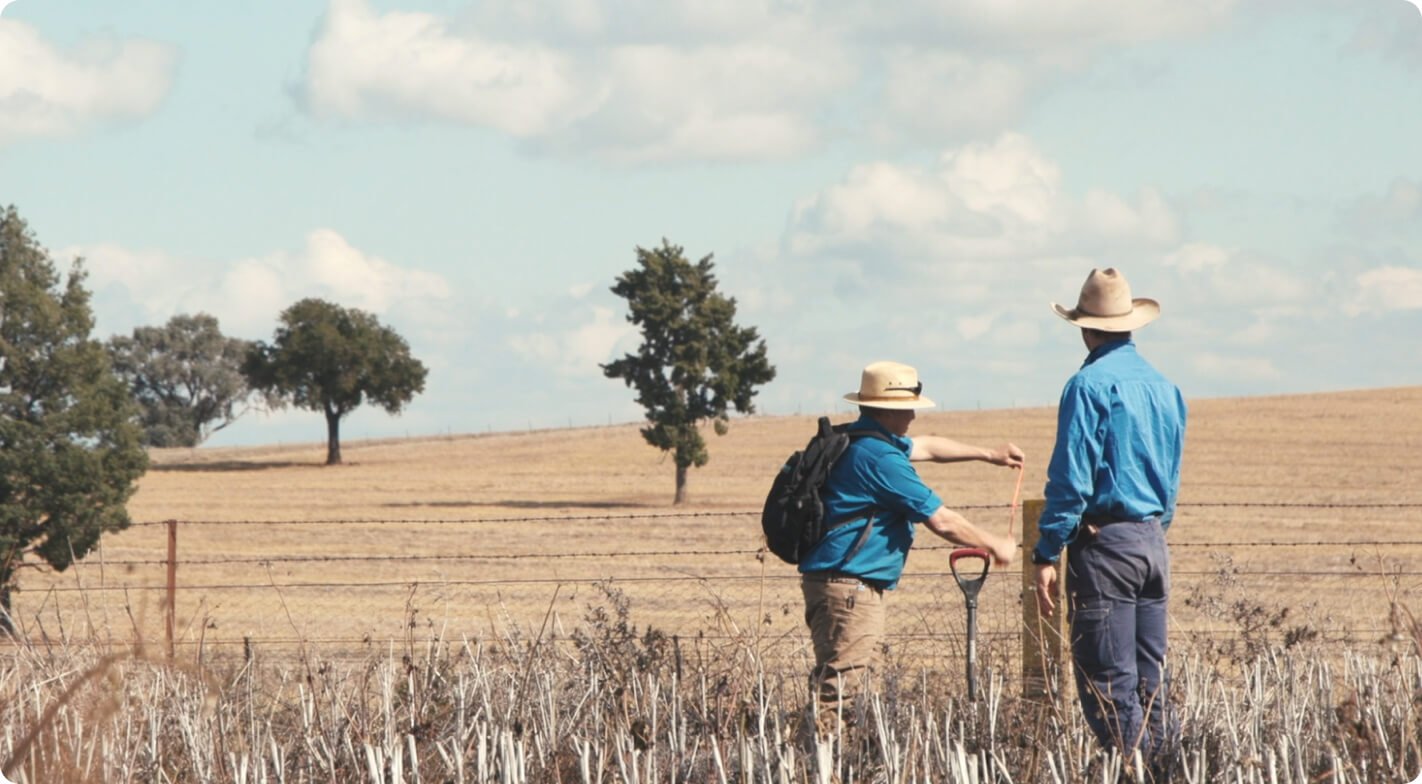
Shifting agricultural practices worldwide by 2050 would

Reaching “Drawdown”
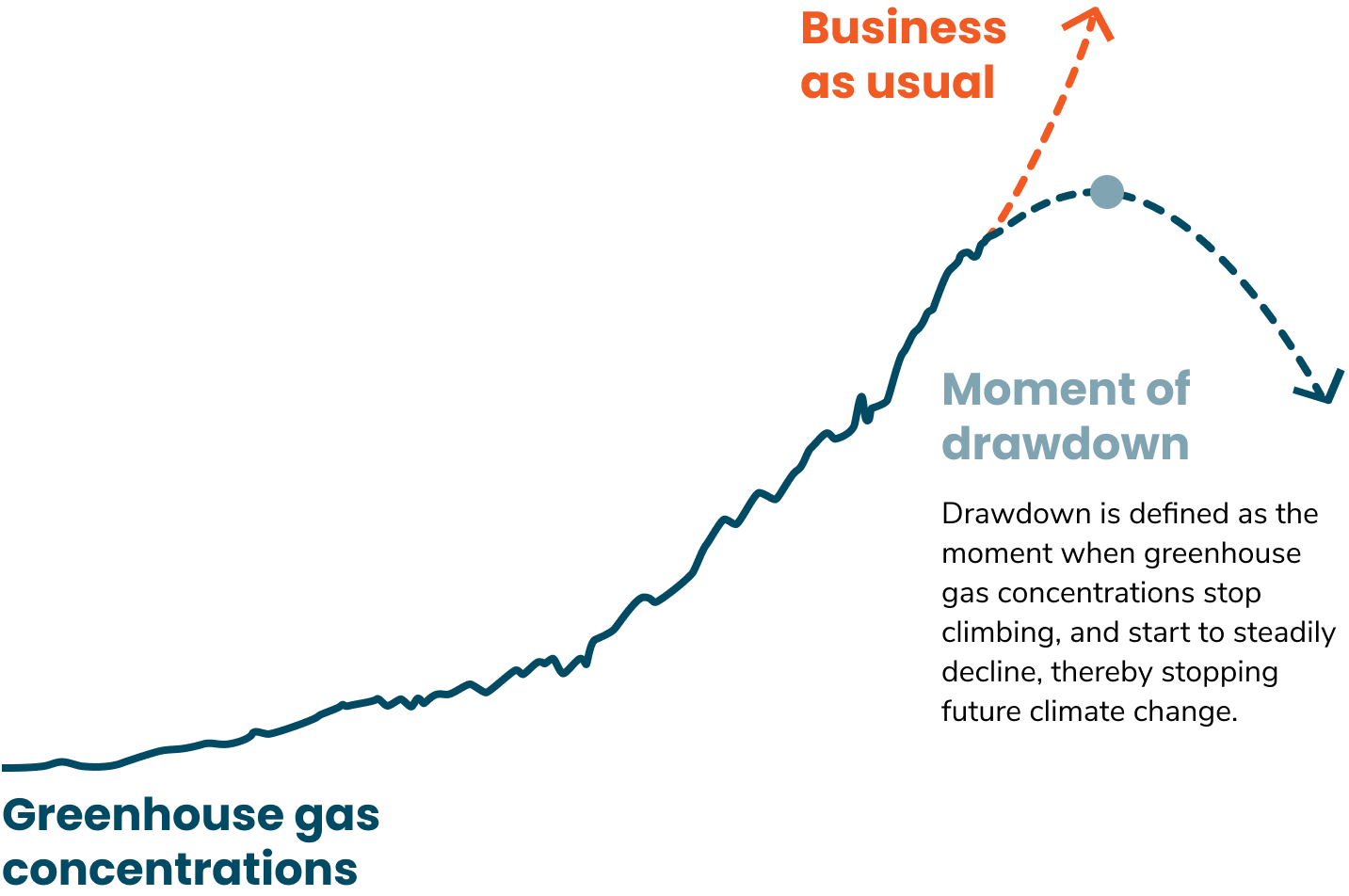
Farmers we work with
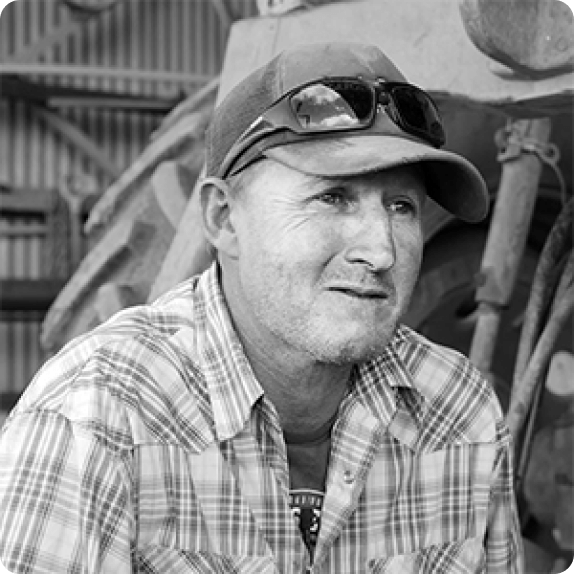
Mick Wettenhall
read more
Mick’s current methods include applying fungal-rich liquid compost extract, cover cropping, and multi-species companion planting. These approaches aim to improve soil health, fertility and water holding capacity, increase resilience to pests and diseases, decrease weed pressure, and reduce reliance on harsh agricultural chemicals.
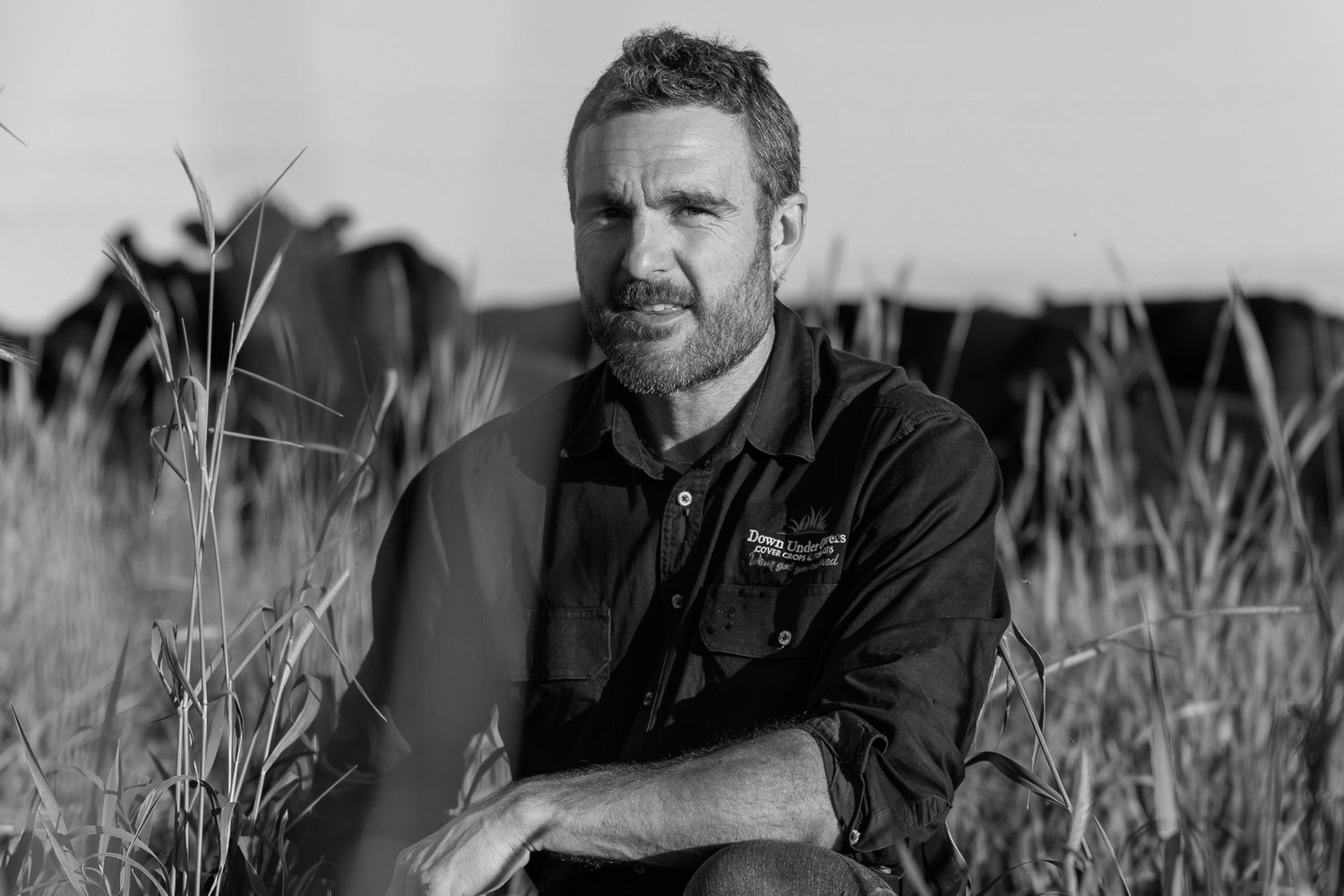
Grant Sims
read more
Mick’s current methods include applying fungal-rich liquid compost extract, cover cropping, and multi-species companion planting. These approaches aim to improve soil health, fertility and water holding capacity, increase resilience to pests and diseases, decrease weed pressure, and reduce reliance on harsh agricultural chemicals.
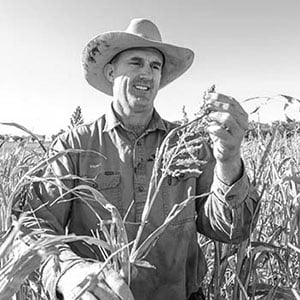
Stuart McDonald
read more
In 2020, Stuart transitioned the family farm to a zero-till approach as a way of helping maintain ground cover. Canowindra experiences a non-seasonal distribution of rainfall, so making the most of the rain available is vital to extending the growing season of his crops. Stuart selects varieties based on their suitability for the rain’s timing, and is currently experimenting with summer cover crops and different companion planting combinations.
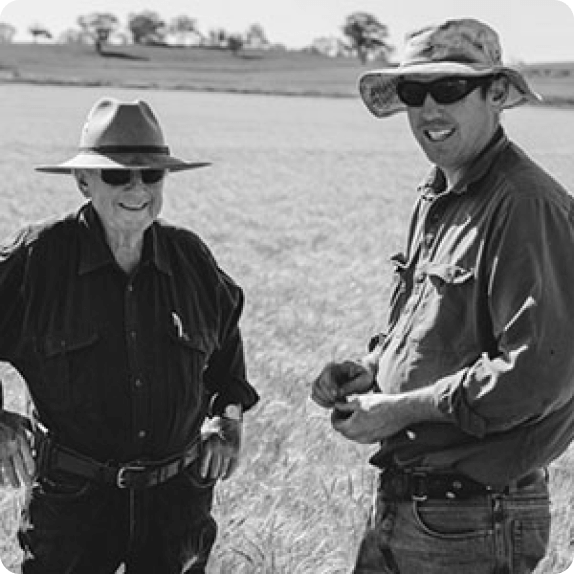
Wood Family
read more
Shifting agricultural practices could sequester the most Gigatons of carbon dioxide equivalent by 2050
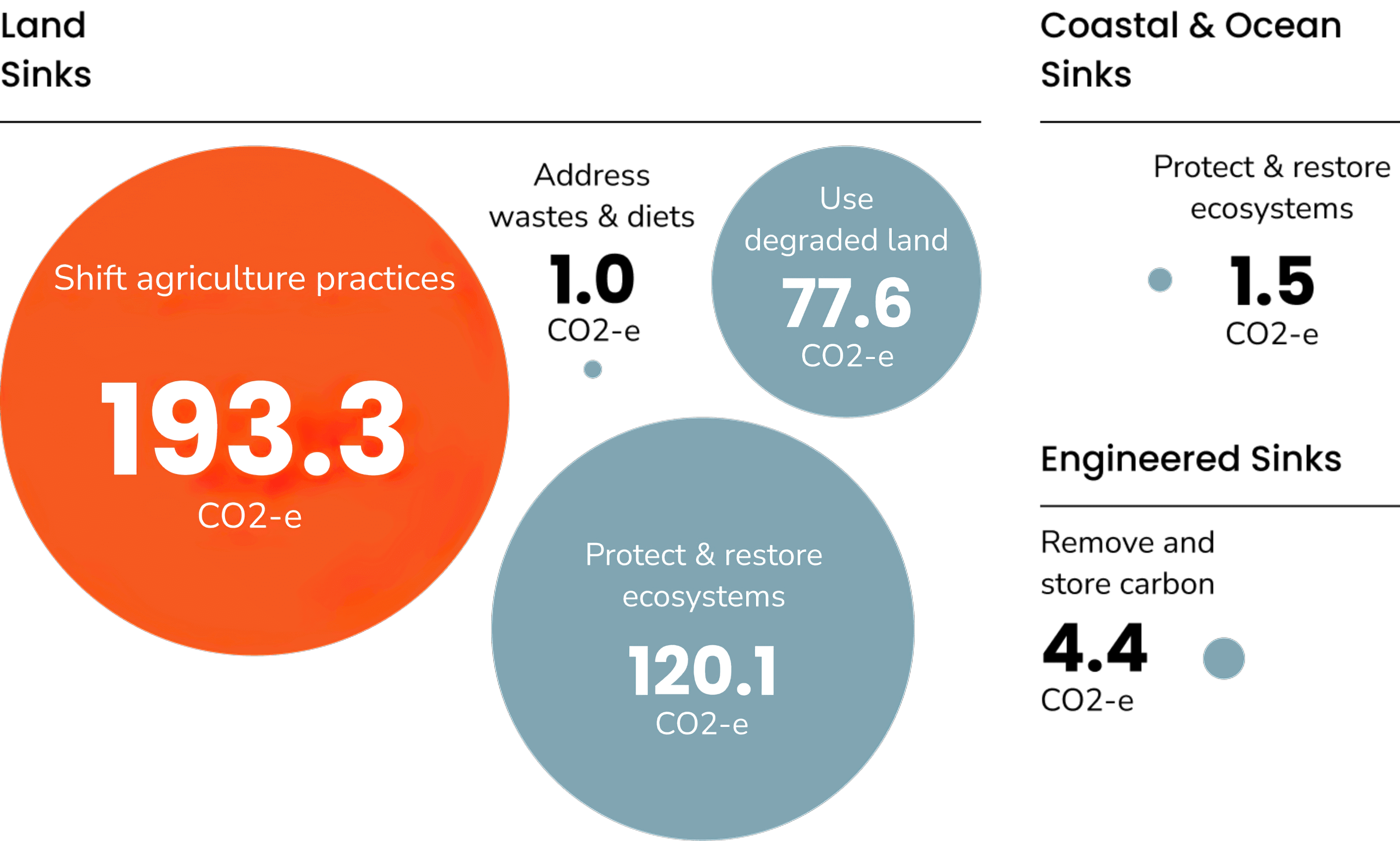
Our story
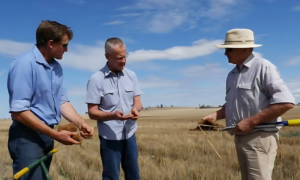
SoilCQuest Director and Founder Mick Wettenhall, Professor Peter McGee of the University of Sydney and SoilCQuest Founder and Chair Guy Webb, near Forbes, NSW
Founded in 2012 by Guy Webb, Mick Wettenhall and Mark Shortis, SoilCQuest 2031 was established as a not-for-profit to develop a microbial inoculum from a carbon-capturing fungus discovered in our soils. This discovery that melanised endophytic fungus sequesters long-lasting soil organic carbon around plant roots was made by Professor Peter McGee of the University of Sydney.
SoilCQuest became a CSIRO Approved Research Institute in 2017.
When he retired, Professor McGee generously gave his soil fungi library to SoilCQuest for their research into developing the microbial inoculum, which included a comprehensive pot trial at the NSW Department of Primary Industries Orange facility, numerous small-scale pot experiments and 10 field trials, including small plot and strip trials. When inoculated onto the roots of crops via a seed dressing, this microbial inoculum draws down atmospheric carbon. It is a practical and scalable technology for farmers to increase their soil carbon.
With promising results from these research trials, in 2019, Guy Webb and Mick Wettenhall raised investment for this technology to form Loam Bio with others. Loam Bio is governed and managed independantly, with a pool of world-class investors, to achieve commercial success with its’ unique technologies.
SoilCQuest remains a not-for-profit, charitable, CSIRO approved research institute independently governed under ACNC certification, with no shareholders (only members) and our own, independant management structure. SoilCQuest is a major shareholder in Loam Bio which we anticipate will, in time, yield financial dividends contributing to our research and extension for adoption programs.
Support Our Work
SoilCQuest is an independent, for purpose, not-for-profit organisation bringing farmers and scientists together to increase soil carbon and reduce emissions for profitable and resilient farms. Your donation will support our research endeavours, enabling us to champion farming as a solution to climate impact through initiatives, including our Carbon Farmscapes Program.
Gifts made to SoilCQuest are tax deductible.

